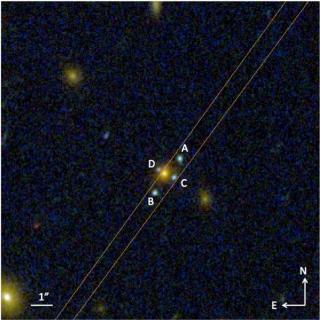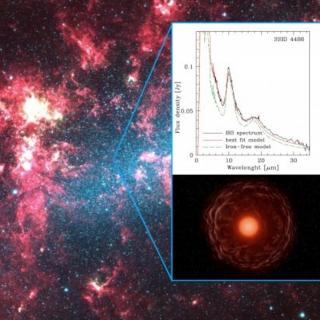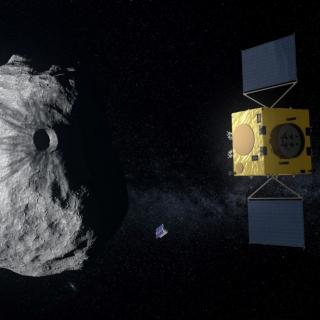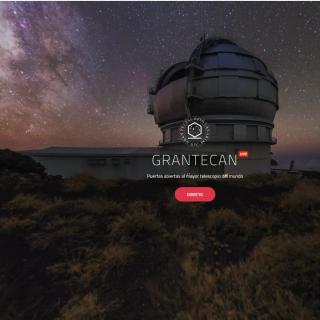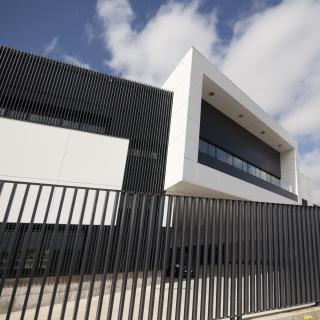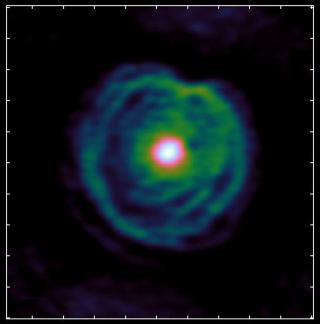The Gran Telescopio Canarias today inaugurates its website grantecan.es which will communicate the telescope with the wide public during its observing nights. Furthermore this coming Saturday, March 9th, there will be the first of a series of broadcasts in real time from GRANTECAN during which it will be possible to talk to the professional astronomers and ask them questions. This initiative is co-financed by the Spanish Foundation for Science and Technology (FECYT) of the Ministry of Science, Innovation, and Universities.
